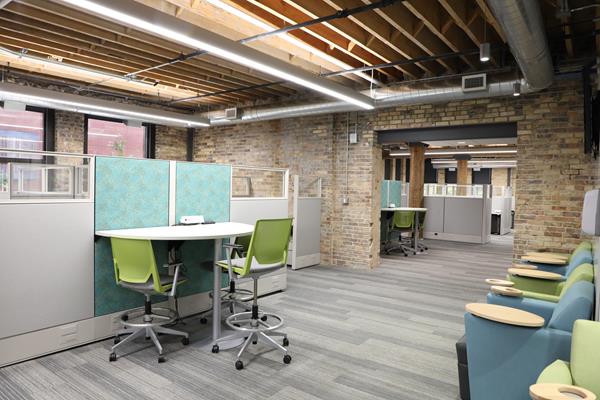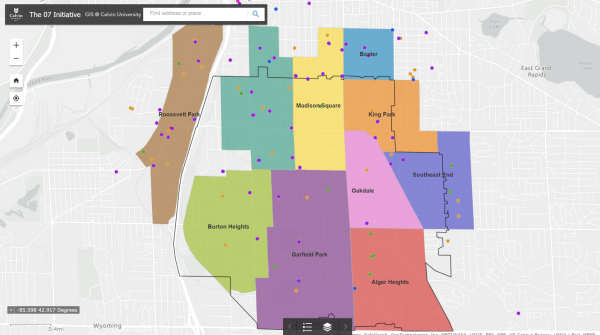GRPL educates public on streaming
The Grand Rapids Public Library offered a class called “Cutting the Cord,” taught by GRPL reference librarian Andrew Coulon this past Tuesday, Nov. 7, from 7 to 8 p.m. Around 30 people attended the event, most of whom were older adults over 50 years old. The GRPL currently offers up to two classes each week on a range of topics which include grant writing, DIY projects, classes for small businesses and more.
The event focused on the benefits of getting rid of cable television and what alternate forms of television are possible. This is based upon the very simple reason of saving money in the long-term. For example, a cable bill can be around $200 a month, while an online streaming service is around $10. A viewer can drop a the cable of a provider, but needs to keep the Internet service of the provider, as alternative streaming still requires paid Internet connection.
Attendee Joy Putanam said she was “surprised by how many older people were here, but then again it’s a generational difference”.
Millennials use technology constantly as part of their daily life, a recent Forrester study shows. This contrasts greatly from older generations use of technology, which is centered around banking and shopping and is not yet all-encompassing of their lives. According to Coulon, this research corresponds with the attendance at GRPL classes.
“Generally,” said Coulon, “the audience age at our technology classes trends 50+, but we get younger people in tech classes from time to time. Classes for services such as Lynda.com tend to be younger working professionals. Also, classes on non-tech topics such as gardening and crafting attract many young people.”
First, Coulon focused on the basics of finding a device to stream, whether that is a TV, computer or laptop. The next step is getting an internet connection, through either a Wi-Fi router or Ethernet cables. While some smart TVs can connect directly to Wifi, Coulon said it’s a good idea to consider hooking up your TV with internet through an Ethernet cable. The Ethernet cable provides automatic connection to the internet at a faster, more consistent pace and it also frees up the rest of your Wifi network for other devices to run better.
One of the ways to test how fast your Wifi network is streaming on a device is by going to www.speedtest.net. Wifi traffic is different at different times of the day as well, so your network may stream faster in the morning than in the evening, when many more people are on the Internet.
Another option to get free television without Wi-Fi or an Ethernet cable is through buying a digital antenna. For the downtown Grand Rapids zip code, 49503, a digital antenna provides 14 stations and 39 separate channels for free. Most of these channels are sports, so it’s a good option for a sports fan.
The next step is finding which services offer the shows the viewer is interested in. Coulon suggested justwatch.com as a helpful site to find what streaming experiences offer what shows.
Four of the devices that dominate the market right now are Roku, Apple TV, Amazon Fire TV and Google Chromecast. Major streaming-live television services right now are Hulu Live TV, YouTube TV, Sling TV and PS Vue.
Current top-rated on-demand services include Netflix, Hulu and Amazon Prime Video. Netflix is popular because of its range of popular original series, although not everything on DVD is available for streaming. Hulu differs in that it includes many television series the day after they debut and also has a live TV option. Amazon Prime video works best with an Amazon Prime membership, and it also offers options to purchase and rent programs.
Another notable detail Coulon pointed to was the free services that the GRPL offers to its members. (Anyone can get a GRPL library for free, including Calvin students). Some of the free services for TV that the library offers are Hoopla Digital and Kanopy. The library also offers e-book downloads through OverDrive and Zino for library members.







